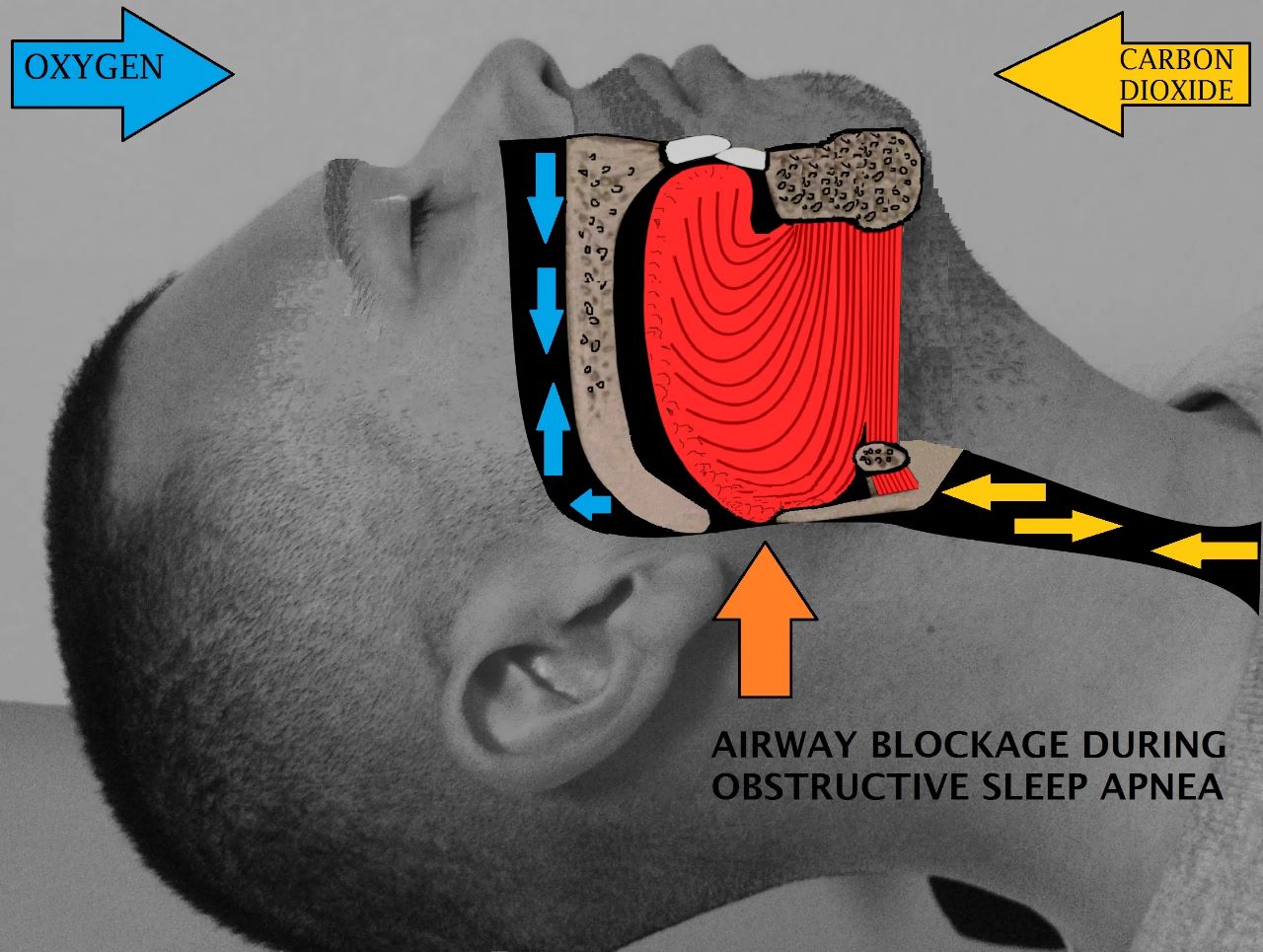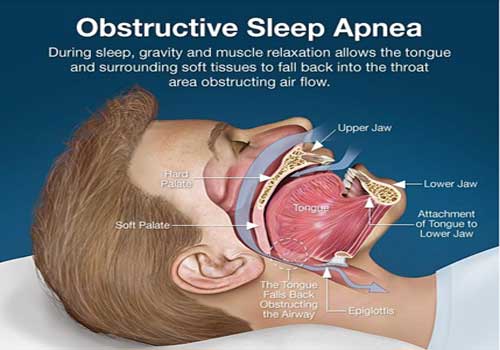
Sleep apnea is a sleep disorder characterized by repeated pauses in breathing or shallow breaths during sleep. These pauses can last from a few seconds to a couple of minutes and can occur multiple times throughout the night. Sleep apnea is typically accompanied by loud snoring and fragmented sleep, leading to excessive daytime sleepiness and other health complications if left untreated.
1. Obstructive Sleep Apnea (OSA):
This is the most common form of sleep apnea. It occurs when the muscles in the back of the throat fail to keep the airway open, despite efforts to breathe. The airway becomes blocked or narrowed, causing pauses in breathing.

2. Central Sleep Apnea (CSA):
In CSA, the brain fails to transmit the proper signals to the muscles that control breathing. Unlike OSA, there is no physical blockage in the airway. CSA is less common than OSA and is often associated with other underlying health conditions such as heart failure, stroke, or certain neurological disorders.
3. Complex Sleep Apnea Syndrome (CompSA )/Mixed Sleep Apnea:
Also known as Mixed sleep apnea, CompSA is a combination of both obstructive and central sleep apnea. It starts with central sleep apnea, which then progresses into obstructive sleep apnea.
4. Common symptoms of sleep apnea include:
These problems usually appear slowly and progress over many years, so that the patient may not recognize the symptoms. Sometimes the patient thinks the symptoms are just from getting older or are not serious. Family members, employers or coworkers may be the first to recognize a pattern of excessive sleepiness and/or changes in mood or behavior, and should encourage a visit to a healthcare professional.
If you suspect you have sleep apnea, it is essential to consult a healthcare professional for a proper diagnosis. Diagnosis usually involves a detailed history, physical examination and a sleep study, which can be done at home or in a sleep laboratory, to monitor your breathing, heart rate, and other parameters during sleep.

1. Continuous Positive Airway Pressure (CPAP):
The most common and effective treatment for sleep apnea, CPAP involves wearing a mask over your nose or mouth during sleep. The mask is connected to a machine that delivers a constant flow of air pressure, keeping the airway open.

2. Oral Appliances:
These are custom-made devices that help keep the airway open by repositioning the jaw or tongue. They are often used for mild to moderate cases of sleep apnea or for people who cannot tolerate CPAP.
3. Lifestyle Changes:
Certain lifestyle modifications can help improve sleep apnea symptoms. These include losing weight, avoiding alcohol and sedatives, sleeping on your side instead of your back, and establishing a regular sleep schedule.
4. Surgery:
In some cases, surgery may be recommended to remove excess tissue, reposition the jaw, or correct structural abnormalities that contribute to sleep apnea. Surgery is typically considered when other treatment options have failed or are not suitable.
It's important to take sleep apnea seriously, as it can significantly impact your overall health and quality of life. If you suspect you or someone you know may have sleep apnea, it's best to consult with a healthcare professional for a proper evaluation and appropriate treatment.
